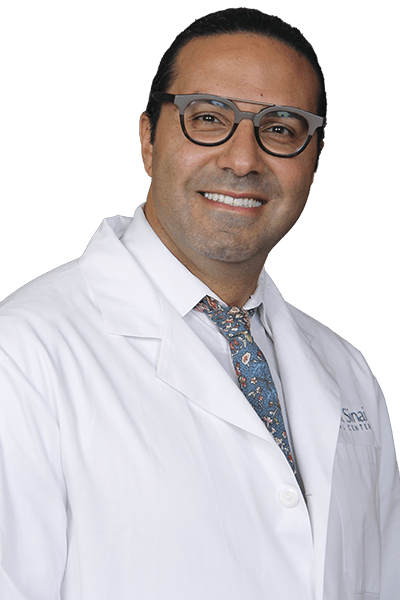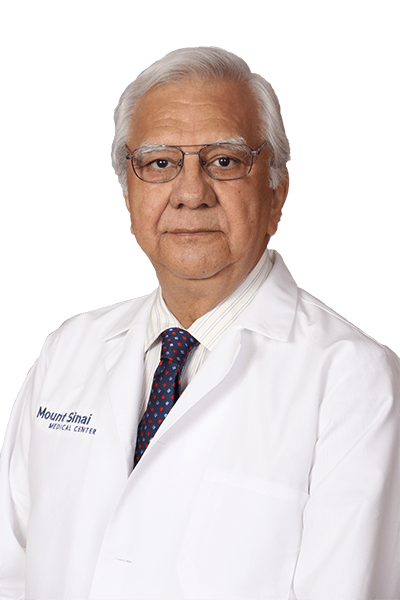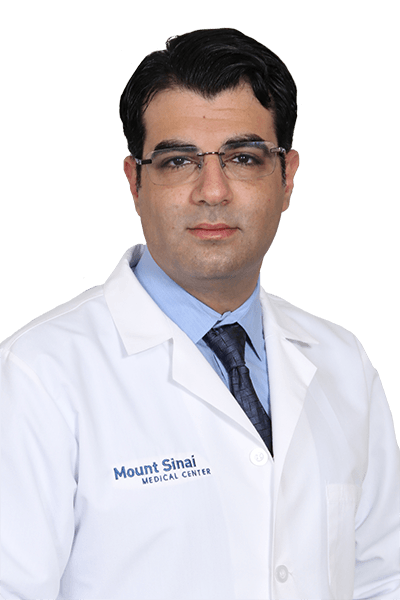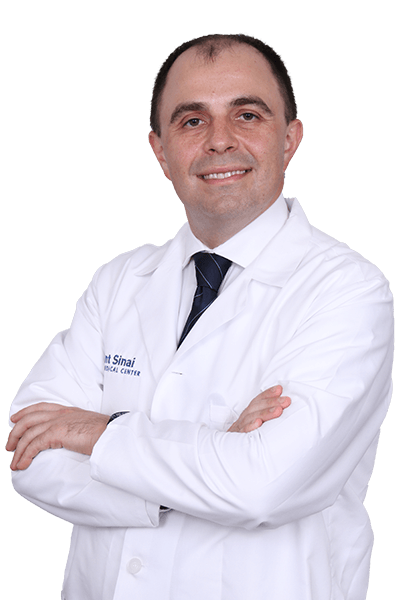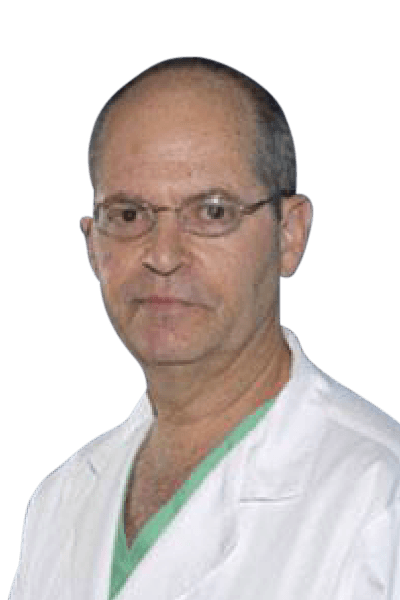Limb Salvage Program
Patients of Mount Sinai Medical Center have access to a dedicated limb salvage program. This program is committed to lowering the rates of major amputation and drastically improving the care for peripheral artery disease (PAD) in patients with critical limb ischemia (CLI).
Our program is led by a multidisciplinary team of physicians specializing in vascular surgery, interventional radiology, and wound care. When patients are in danger of losing a leg due to amputation, this is where Mount Sinai Medical Center comes in – to work towards saving a limb. While it is not always possible, our experienced team has a special process in place to assist in wound healing and circulation. These “revascularization” procedures can either be accomplished through surgery or by going into the artery and cleaning it out.
Angioplasty
A limb salvage procedure may involve various techniques to restore blood flow to a limb. It involves a minimally invasive procedure called angioplasty, which uses tiny balloons and a stent (tube) made of mesh to open up the narrowed blood vessels. You will be asleep during the procedure. After that, a small incision is made in your groin or wrist and a small tube called a catheter is placed in the blocked area. The doctor inflates the balloon to push the walls open gently. After that, the doctor places a stent to keep the vessel open.
Atherectomy
Another technique commonly used for limb salvage procedures is atherectomy. This is a minimally invasive procedure that uses X-ray guidance to place a specialized catheter, or a long, thin tube, into the blocked area. Then, we use tiny razors to scrape away the buildup inside the artery to restore blood flow.
Peripheral Artery Bypass/Endarterectomy
Sometimes, a blockage is severe, which means patients need a peripheral artery bypass. In this procedure, the vessel above the blockage is clamped, and the damaged vessel is removed and reattached. Sometimes, a vein from another part of the body is used to reconnect the vessels. Our physicians may use a plastic tube or graft to connect the vessels.
Our Physicians
Micheal T Ayad, MD
Chief, Division of Vascular Surgery
Director, Vascular Institute
Co-Director, Aortic Center
- Endovascular Surgery
- Vascular Surgery
- Aortic Aneurysm Repair
- Mount Sinai Medical Center (Main Campus)
- 305.674.2906
- Mount Sinai Emergency Center, Physician Offices, Cancer Center and Diagnostic Center Aventura
- 305.692.1072
- Mount Sinai Specialty Care Key West I Cardiology, Urology & Vascular Care
- 305.294.8334
Manuel Sivina, MD
- General Surgery
- Vascular Surgery
- Mount Sinai Medical Center (Main Campus)
- 305.674.2121
Edward Andraos, MD
- Vascular Surgery
- Aortic Aneurysm Repair
- Mount Sinai Medical Center (Main Campus)
- 305.674.2071
- Mount Sinai Medical Center, Kenneth C. Griffin Center, Hialeah – Emergency Center and Primary & Specialty Care | Mount Sinai Eldercare
- 786.584.5555
- Mount Sinai Specialty Care Key West I Cardiology, Urology & Vascular Care
- 305.294.8334
Jacob Schwartzman MD, MPH, RPVI
- Vascular Surgery
- Mount Sinai Medical Center (Main Campus)
- 305.674.2906
- Mount Sinai Medical Center (Main Campus – 4302)
- 305.674.2121
- Mount Sinai Emergency Center, Physician Offices, Cancer Center and Diagnostic Center Aventura
- 305.692.1072
- Mount Sinai Specialty Care Key West I Cardiology, Urology & Vascular Care
- 305.294.8334
Stephen W Unger, MD
- General Surgery
- Vascular Surgery
- Mount Sinai Medical Center (Main Campus)
- 305.674.2121


